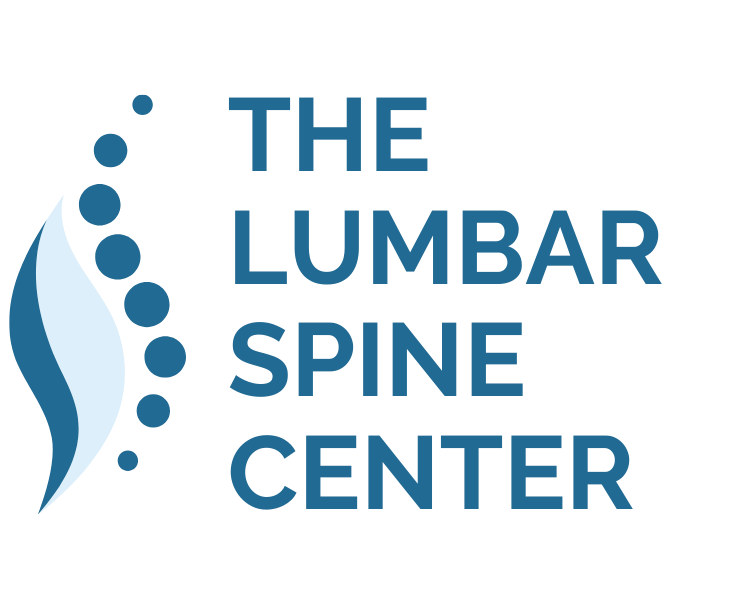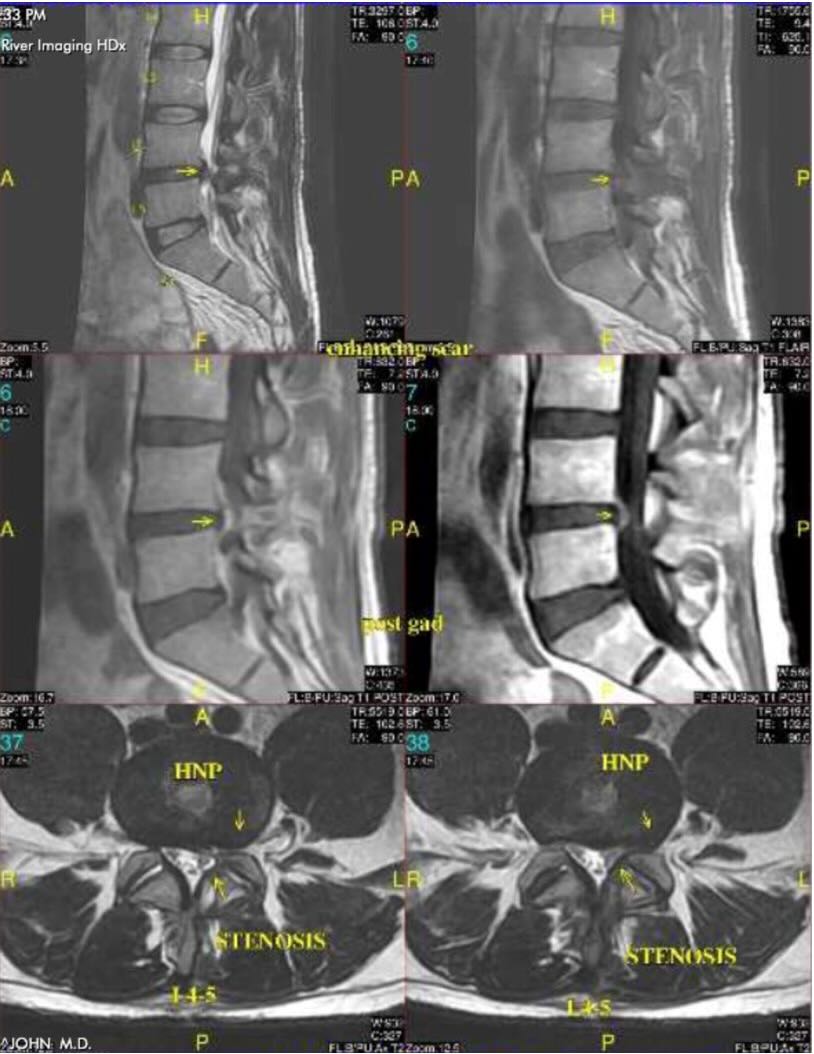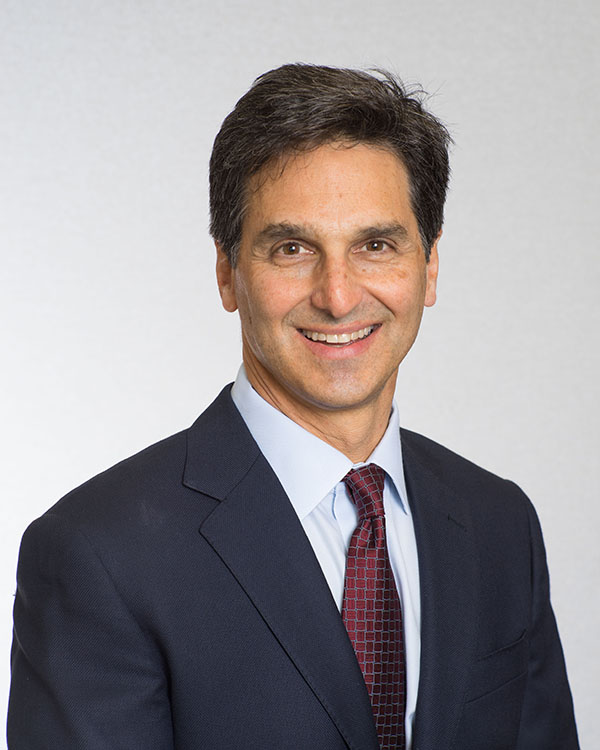A lumbar disc herniation is occurs when a small piece of lumbar disc material breaks off and herniates from it’s normal location and compresses the nerve or the thecal sac. The most common areas for disc herniation are the lower two disc spaces, L4-5 and L5-S1. L4 and L5 are the superior and inferior bones with disc in between called the L4-5 disc; the same notation for L5-S1 and any other disc. If the disc herniates laterally, it will compress a nerve usually causing unilateral leg pain; if the disc herniates centrally, it causes back and sometimes bilateral leg pain. When there is a disc herniation at L4-5 to one side or the other, a patient can develop a foot drop from compression of the L5 nerve root. A foot drop occurs when you lose the ability lift your foot up while taking a step and the foot then drags as you walk. An L4-5 disc herniation can cause severe leg pain starting in the buttock radiating to the top of the foot with or without a foot drop. An L5-S1 herniation can cause severe leg pain starting in the buttock radiating to the bottom of the foot with or without weakness when stepping down. A herniated disc at L3-4 will cause thigh pain and a herniated disk at L2-3 will cause groin pain. Most symptomatic disc herniations resolve on their own, over time. It is estimated that only 10 – 15% of patients who present with a symptomatic disc herniation will need surgery.
Treatment
Non-operative. The initial course of treatment after the diagnosis has been made is oral steroids for seven days, rest and non-steroidal anti-inflammatory agents for pain. Once the pain has lessened, you may be referred for a course of Physical Therapy. Other options include an epidural injection to help with the pain.
Surgery. Patients are referred to a surgeon if there is persistent weakness that does not improve after 8 –12 weeks or the pain is intolerable. Surgery includes a Microdiskectomy where the disc fragment is removed through a small incision (1.5 inches), takes approximately 45 minutes, and patients go home the same day.






